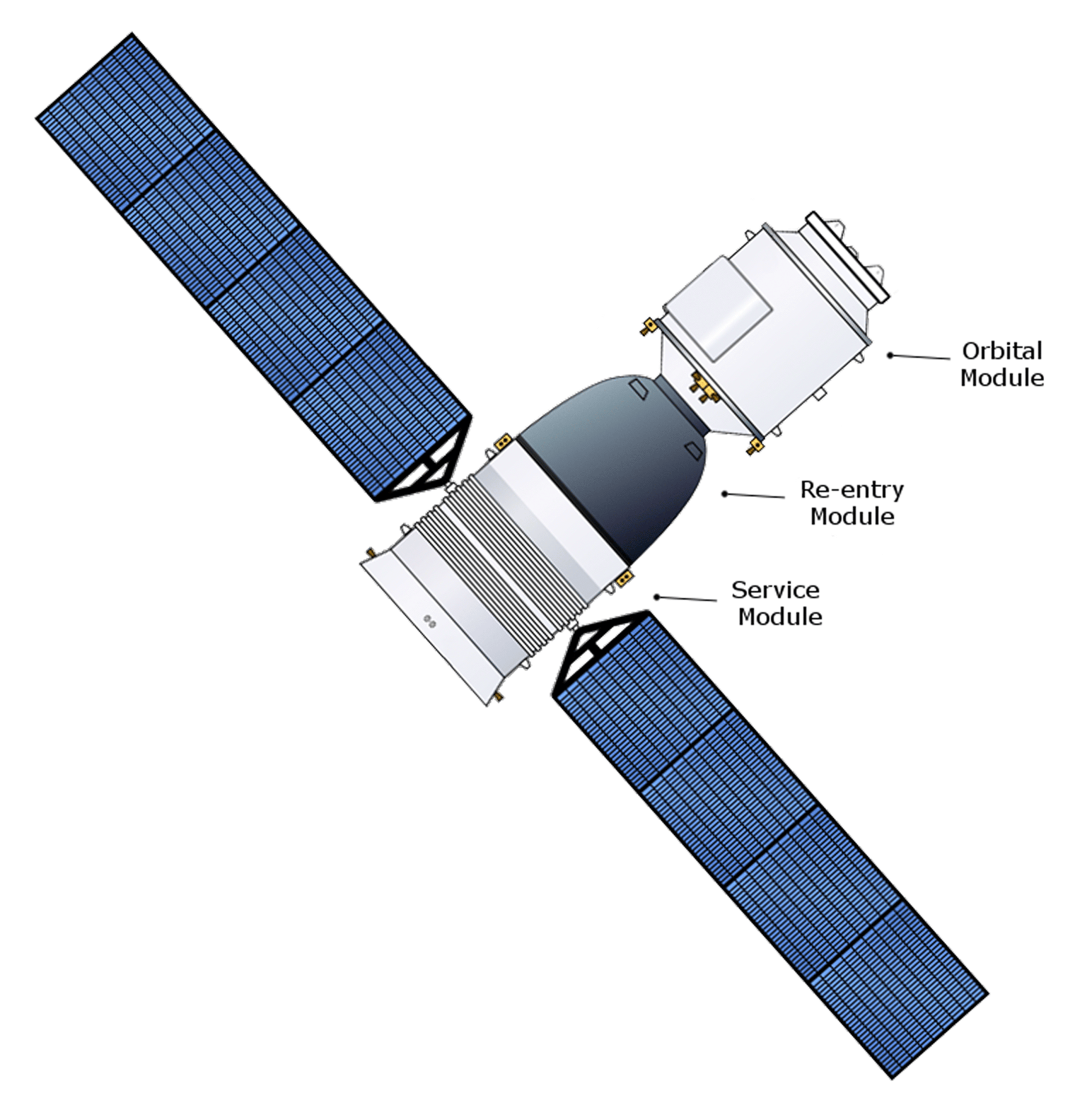| OSD | Description | Sample No. | Dose (mGy) |
|---|---|---|---|
| OSD-165 | N2 Spaceflight Static con (0G) | GSM2414644 | 1.92 |
| OSD-165 | LS292 Spaceflight Static con (0G) | GSM2414645 | 1.92 |
| OSD-165 | N2 Spaceflight 1g -centrifugal con | GSM2414646 | 2.27 |
| OSD-165 | LS292 Spaceflight 1g-centrifugal con | GSM2414647 | 2.27 |
| OSD-166 | N2 Spaceflight Static 1A (0G) | GSM2416821 | 1.92 |
| OSD-166 | LS292 Spaceflight Static 1C (0G) | GSM2416822 | 1.92 |
| OSD-166 | N2 Spaceflight 1g -centrifugal 2A | GSM2416823 | 2.27 |
| OSD-166 | LS292 Spaceflight 1g-centrifugal 2C | GSM2416824 | 2.27 |
| OSD-167 | N2 Spaceflight Static con (0G) | GSM2412681 | 1.92 |
| OSD-167 | LS292 Spaceflight Static con (0G) | GSM2412682 | 1.92 |
| OSD-167 | MT4930 Spaceflight Static con (0G) | GSM2412683 | 1.92 |
| OSD-167 | N2 Spaceflight 1g -centrifugal | GSM2412684 | 2.27 |
| OSD-167 | LS292 Spaceflight 1g-centrifugal | GSM2412685 | 2.27 |
| OSD-167 | MT4930 Spaceflight 1g-centrifugal | GSM2412686 | 2.27 |
| OSD-213 | Atha_Col-0_clsCC_FLT_uG_Rep1 | FM16002_1 | 0.58 |
| OSD-213 | Atha_Col-0_clsCC_FLT_uG_Rep2 | FM16002_2 | 0.58 |
| OSD-213 | Atha_Col-0_clsCC_FLT_1G_Rep1 | FM16001_1 | 0.69 |
| OSD-213 | Atha_Col-0_clsCC_FLT_1G_Rep2 | FM16001_2 | 0.69 |
| OSD-284 | Not Available |
Shenzhou-8 Radiation Dosimetry
Launch: 2158 UT 10/31/2011 (Jiuquan Satellite Launch Center, China)
Landing: 1132 UT 11/17/2011 (Siziwang Banner, Inner Mongolia)
Orbit: average 340 km; inclination 51.4 deg
Detectors: LiF TLD
Samples were located in the DLR SIMBOX experimental facility (https://doi.org/10.1016/j.actaastro.2013.08.022) located in the spacecraft reentry module.
Note: The absorbed doses are typically measured with a high degree of precision. However due to confounding factors, in particular the differences in local shielding around the payload and around the instrument, unless otherwise noted the doses to the payload should be considered to be accurate to within ~10%, based on known variations to the radiation dose across ISS modules.

The TLDs were located on the outer wall of the sample container:

immediately adjacent to the samples, so the principal uncertainty in the sample dose is due to the sensitivity and processing uncertainty of the TLDs. Two doses were recorded, one for animals at 0G and one for animals held at 1G in a centrifuge.
The slightly higher dose to the 1G samples is consistent with the slightly greater shielding of the centrifuge apparatus, and as previously discussed, the total dose of approximately 2 mGy for the 16 day flight is consistent with what would be expected given the orbital inclination of the Shenzhou-8.

